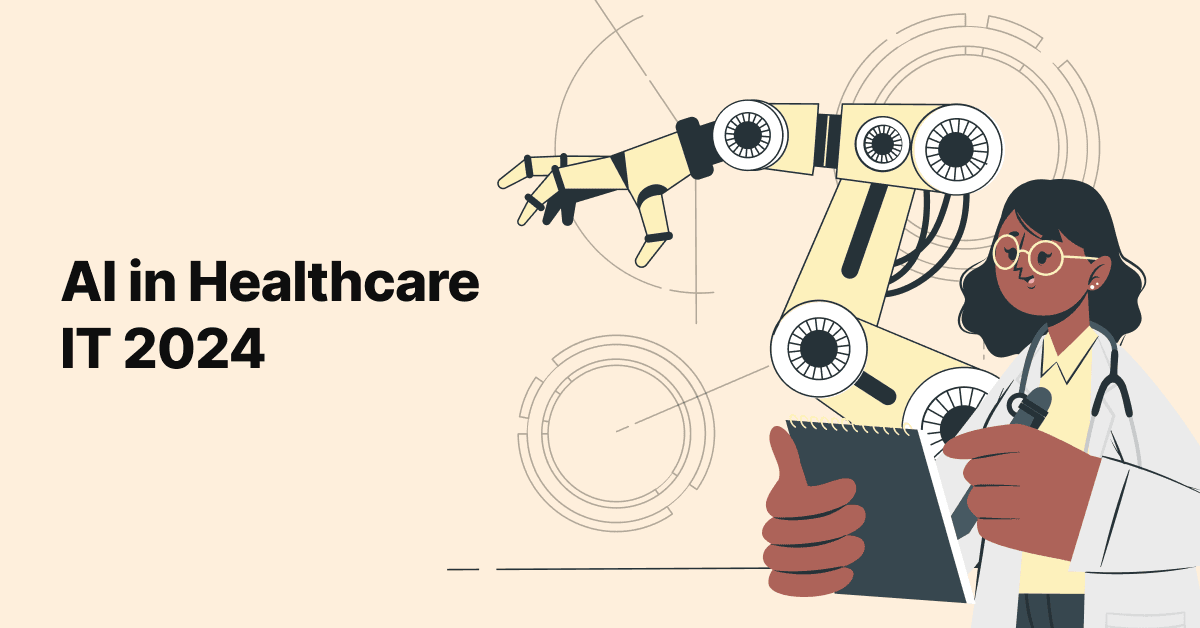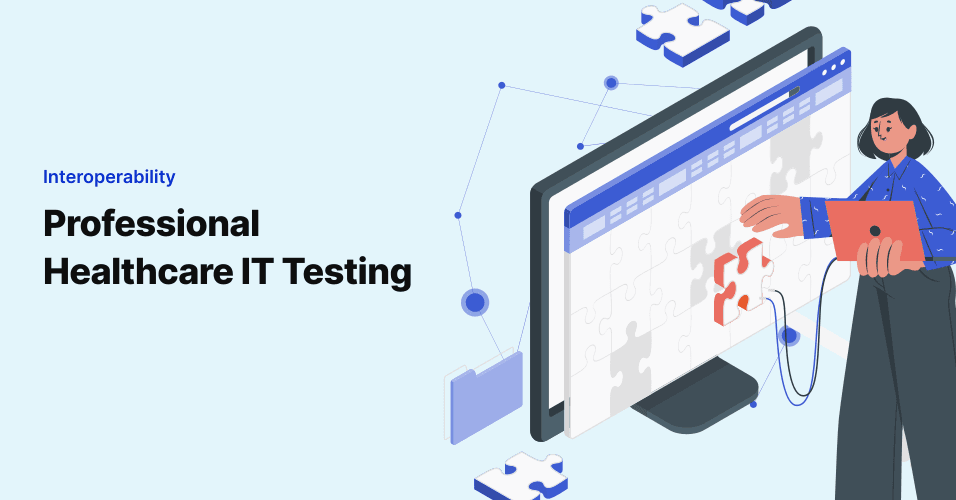
Maverick Strategies for Healthcare Evolution
The healthcare industry is in the midst of a positive shift towards innovation and transformative …

Given the sheer complexity of managing patients across the care continuum for a community or population, it’s no wonder that many health systems struggle to know how to best “eat the elephant.” While a long-term healthcare IT platform may be required to manage all aspects of care and operations, there may be opportunities in the near term to leverage technology to address niche markets within patient populations.
We understand that healthcare organizations have no shortage of regulatory and contractual metrics to track and control, with which they must comply. It’s a lot. The impacts of COVID certainly haven’t helped, primarily regarding how healthcare is delivered in a time of social distance. Many health systems need a win. They need progress or success on a goal to create momentum toward bigger and better things for their physicians, their patients, and their business.
It’s an interesting aspect of human psychology that we’re inspired to keep doing and pursuing movement when we’ve seen success in even a small area. Conversely, if it’s only struggling and strife, we hit the proverbial wall and have a hard time making innovative decisions and mustering the will to just keep going. Healthcare providers see the positive side of this in patients when they enjoy the fruits of compliance, even if it’s a slight improvement in their quality of life. Hospitals and health systems are no different, so reaching for low-hanging fruit or going for a strategic win can make all the difference in a roadmap to thriving.
In the absence of funds (or patience) for a robust platform to address all the nuanced aspects of population health management, focusing on a strategic use case may be just the push needed.
For example, if a health system is trying to reduce readmissions presenting through the ED (who isn’t, right?!), employing IoT technology might be just the ticket to monitor relevant metrics before they result in an emergent condition. Especially as patients spend less face-to-face time with their providers, keeping an eye on “Frequent Flyers” via monitoring tools or wearables can provide an ROI that more than covers the implementation cost.
Many solutions and apps are available these days that can be adapted for a key use case to target a given patient population, condition, or organization. If the need for non-medical services is on the rise, as another example, tapping into better case management tools can help hospitals more successfully serve patients and prevent worsening prognoses due to exacerbated socioeconomic circumstances.
The idea of custom software can scare many executives and stakeholders who instantly associate anything custom with a hefty price tag. Sure, that can be the case. But it’s also possible to work with a technology partner like 314e to craft tailored technical services that take into consideration groundwork already in place (such as APIs, HIEs, and data warehousing). Especially when serving niche markets, off-the-shelf tech may simply fall short of delivering results and serving patients in the manner needed.
Technology harnessed for health systems to optimally (and specifically) support niche patient populations can be incredibly impactful now and into the ever-changing future of care delivery.
Join over 3,200 subscribers and keep up-to-date with the latest innovations & best practices in Healthcare IT.

The healthcare industry is in the midst of a positive shift towards innovation and transformative …

Artificial Intelligence (AI) in 2024 has emerged as a beacon of transformation, promising to redefine the …

We’ve worked with many healthcare clients over the years, and while there is no shortage of impressive and …